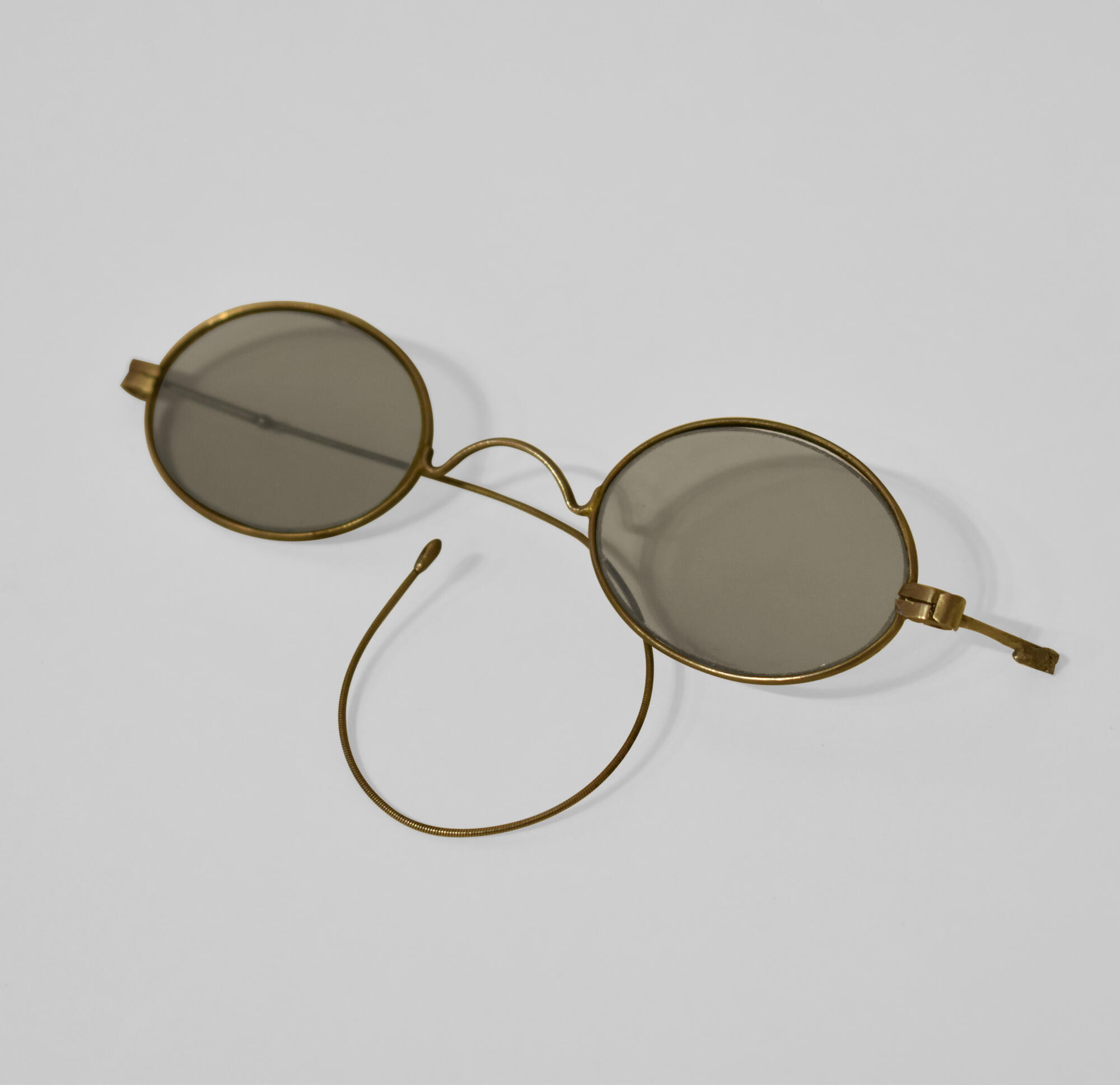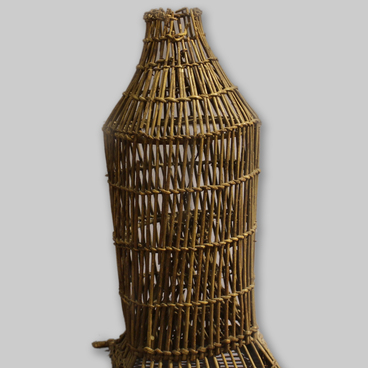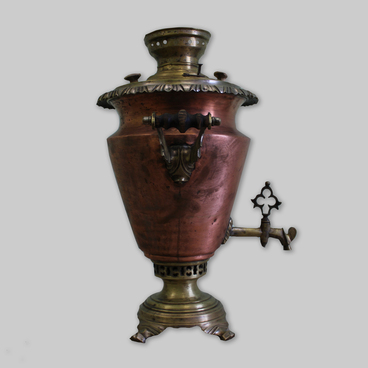Pince-nez — glasses without ear hooks, which are held on the nose due to the spring clamping the bridge of the nose. The optical device had a special chain and pins, with which it was attached to clothing and hidden when not needed. It comes from the French words pincer — ‘pinch, squeeze’ and nez — ‘nose’.
Pince-nez as a device for eyesight correction came in the XVI century, and it was soon appreciated. First, the glass was attached to a copper or iron spring, later leather pads appeared on it for comfortability. Pince-nez was held on the bridge of the nose by means of fasteners and nose pads, which could be either flexible or fixed.
Approximately from the second half of the XIX century, due to the use of new materials, models that were both light and firmly seated on the nose appeared. This gave impetus to the rapid spread of pince-nez as a ubiquitous optical accessory. The metal in the pince-nez was often replaced with other materials, such as horn, celluloid, rubber, and others. Particularly popular pince-nez were, the bridge of the nose, which was made of tortoiseshell — they were called Chinese or Japanese.
Initially, the frame of the pince-nez was round, but in 1841, oval models also appeared. Often a small ring was attached to the frame to allow you to take the device with your hands. Over time, a chain or string was attached to the pince-nez through this ring. The chain could be used to fix the pince-nez behind the ear, and the lace was pinned to the clothes so that the pince-nez that fell off the bridge of the nose would not fall to the floor. Lace was often used as an elegant decoration of clothing.
Many pince-nez wearers used the accessory as a means of communication, as its design allowed. They deliberately dropped it off the bridge of their nose, thus showing, for instance, displeasure with something.
The pince-nez presented at the exhibition is made of glass and metal. It belonged to the family of Roni Mashkevich of Yeniseysk. After the Second world war, pince-nez finally lost popularity, giving way to ordinary glasses.
Pince-nez as a device for eyesight correction came in the XVI century, and it was soon appreciated. First, the glass was attached to a copper or iron spring, later leather pads appeared on it for comfortability. Pince-nez was held on the bridge of the nose by means of fasteners and nose pads, which could be either flexible or fixed.
Approximately from the second half of the XIX century, due to the use of new materials, models that were both light and firmly seated on the nose appeared. This gave impetus to the rapid spread of pince-nez as a ubiquitous optical accessory. The metal in the pince-nez was often replaced with other materials, such as horn, celluloid, rubber, and others. Particularly popular pince-nez were, the bridge of the nose, which was made of tortoiseshell — they were called Chinese or Japanese.
Initially, the frame of the pince-nez was round, but in 1841, oval models also appeared. Often a small ring was attached to the frame to allow you to take the device with your hands. Over time, a chain or string was attached to the pince-nez through this ring. The chain could be used to fix the pince-nez behind the ear, and the lace was pinned to the clothes so that the pince-nez that fell off the bridge of the nose would not fall to the floor. Lace was often used as an elegant decoration of clothing.
Many pince-nez wearers used the accessory as a means of communication, as its design allowed. They deliberately dropped it off the bridge of their nose, thus showing, for instance, displeasure with something.
The pince-nez presented at the exhibition is made of glass and metal. It belonged to the family of Roni Mashkevich of Yeniseysk. After the Second world war, pince-nez finally lost popularity, giving way to ordinary glasses.



